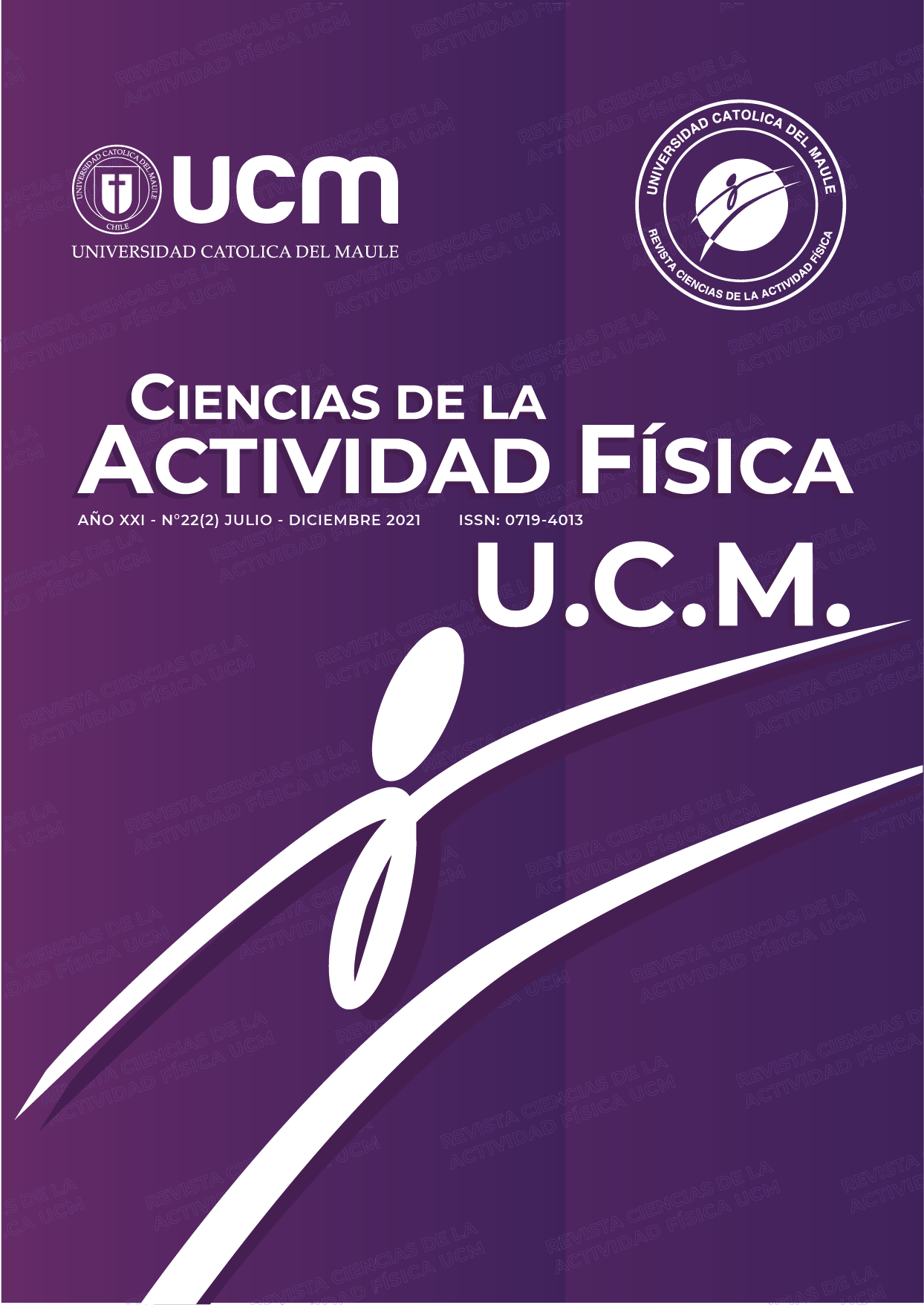Barroso, G., Sánchez, B., & Calero, S. (2016). Metodología para el desarrollo de programas de actividad física adaptada. Parte I: Estudio de la discapacidad en Ecuador. Lecturas: Educación Física y Deportes (EFDeportes.com), 20(212). https://www.efdeportes.com/efd212/estudio-de-la-discapacidad-en-ecuador.htm
Cerda, C. (1990). Niños con necesidades educativas especiales. Promolibro.
Chasey, W., & Wyrick W. (1971) Effects of a physical developmental program on psychomotor ability of retarded children. American Journal of Mental Deficiency, 75(5), 566-570. https://europepmc.org/article/med/5551501
Dickinson, K. & Place, M. (2014). A randomised control trial of the impact of a computer-based activity programme upon the fitness of children with autism. Autism Reseach and Treatement, 2014, 1-9. https://doi.org/10.1155/2014/419653
Durivage, J. (1999). Educación y Psicomotricidad. Manual para el Nivel Preescolar. Trillas.
Engel, A., Broderick, C., Van Doorn, N., Hardy, L., & Parmenter, B. (2018). Exploring the relationship between fundamental motor skill interventions and physical activity levels in children: A systematic review and meta-analysis. Sports Medicine, 48(8),1845–1857. https://doi.org/10.1007/s40279-018-0923-3
Fragala-Pinkham, M., Haley, S., & O’Neil, M. (2008). Group aquatic aerobic exercise for children with disabilities. Developmental Medicine and Child Neurology, 50(11), 822–827. https://doi.org/10.1111/j.1469-8749.2008.03086.x
Instituto Nacional de Estadística y Geografía (INEGI). (2017). La discapacidad en México, datos al 2014: versión 2017. INEGI. https://www.inegi.org.mx/contenidos/productos/prod_serv/contenidos/espanol/bvinegi/productos/
nueva_estruc/702825094409.pdf
Logan, S., Ross, S., Chee, K., Stodden, D. & Robinson, L. (2018). Fundamental motor skills: A systematic review of terminology. Journal of Sports Sciences, 36(7), 781–796. https://doi.org/10.1080/02640414.2017.1340660
Morgan, P., Barnett, L., Cliff, D., Okely, A., Scott, H., Cohen, K., & Lubans, D. (2013). Fundamental movement skill interventions in youth: A systematic review and meta-analysis. Pediatrics, 132(5), e1361-e1383. https://doi.org/10.1542/peds.2013-1167
Newborg, J., Stock, J., Wnek, L., De la Cruz, M., & González, M. (2004). Battelle: Inventario de desarrollo. TEA.
Organización Mundial de la Salud. (2011). Informe Mundial sobre la Discapacidad: Resumen. https://www.who.int/disabilities/world_report/2011/summary_es.pdf
Schalock, R. (2009). La nueva definición de discapacidad intelectual, apoyos individuales y resultados personales. Siglo Cero, 40(229), 22-39. https://dialnet.unirioja.es/servlet/articulo?codigo=2985250
Sowa, M., & Meulenbroek, R. (2012) Effects of physical exercise on autism spectrum disorders: A meta-analysis. Research in Autism Spectrum Disorders, 6(1), 46-57. https://doi.org/10.1016/j.rasd.2011.09.001
Vallbona, C. (2003). La actividad física como elemento de salud para personas discapacitadas. En J. Martínez (Ed.), Conferencia Internacional sobre Deporte Adaptado. Libro de Actas (pp.283-296). Instituto Andaluz del Deporte.


 http://orcid.org/0000-0001-6158-6525
http://orcid.org/0000-0001-6158-6525
